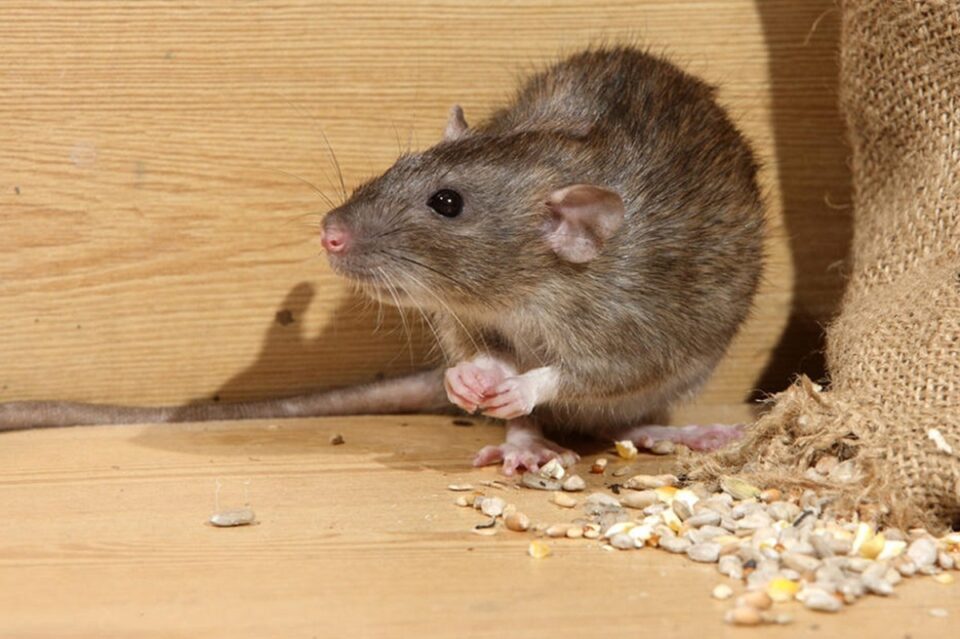Have you ever pondered what mischief a small, inconspicuous creature like a rat could cause? Or grappled with finding an effective way to prevent or rid your home of these pesky invaders? If you find yourself nodding along, then this post is for you. Rats, often dismissed due to their size, can wreak havoc in your home, gnawing away at your edibles, cherished antiques, or even your cabling.
Proactive management and rat control strategies have hence become necessary in many households across the globe. The varied techniques, their efficacy, why you may need them, and what factors to consider when selecting a strategy forms the core of our discussions today. Picture this as your insider’s guide to knowing and effectively neglecting rats without causing undue harm to the environment or other living beings around.
As a society, we’ve made considerable leaps in house maintenance, of which pest control takes up significant discourse. From traditional traps to high-tech ultrasonic repellents, our understanding and strategies surrounding rat control have evolved, giving us a myriad of choices. Hop along as we explore the A-Z of rat control techniques, delving into their pros, cons, and everything in between.
The Whys and What of Rat Control
Rats, while small, wield the power to cause damage disproportionate to their size. Their incisors never stop growing, compelling them to gnaw at almost anything in sight, from food and furniture to wires and walls. The resulting destruction in your haven can lead to hefty repair bills. More than just the physical damage, rats are carriers of diseases such as Leptospirosis, Hantavirus, and Salmonella, threatening the health of you and your loved ones.
The need for effective rat control techniques becomes crucial in this context. What forms these strategies? They vary from do-it-yourself tips like sealing entry points and maintaining cleanliness to specialized methods like chemical baits, live traps, and ultrasonic repellents. The particulars of each technique, their suitability for your home, and anticipated effectiveness are topics we shall discuss subsequently.

Traditional rat control techniques often refer to familiar options like snap traps, glue boards, and poison baits. Snap traps, in their simplicity of design and cost-effectiveness, provide an immediate solution. Glue boards, akin to flypaper, use adhesives to catch rats. Poison baits, although more extreme, are also chosen to kill rats directly.
Understanding the Pros and Cons
As with everything else, these traditional methods come with their own set of pros and cons. While they are generally cost-effective and easy to use, they lack long-term effectiveness and can pose risks to other pets or children in the household. Discussing these in detail enables informed decisions about their suitability for your home.
Introducing Modern Rat Control Techniques
Modern rat control techniques seek to address the shortcomings of their traditional counterparts. These include electronic traps, ultrasonic repellents, and professional pest control services. Electronic traps use a high voltage shock to kill rats instantly, while ultrasonic devices emit high-frequency sounds that deter rats. Professional services, on the other hand, provide tailored solutions based on your home’s specifics.
Understanding the Pros and Cons
Modern techniques attest to enhanced safety and long-term effectiveness, but their higher upfront costs and dependency on power sources or professional availability are potential drawbacks. An in-depth look into these techniques provides clarity on their viability.
Natural Rat Control Methods
Traditional and modern techniques tend to focus on lethal solutions. However, these aren’t the only available options. Natural methods emphasize deterrence over killing and ensure a balance between effective rat control and environmental sensitivity.
Exploring Different Approaches
Natural control methods encompass practices like using natural rat repellents (like peppermint oil), maintaining cleanliness, and keeping pets that deter rats. These techniques rely on prevention and deterrence – keeping rats away, to begin with, rather than dealing with them once they have infested your home.
Conclusion
Finding the right rat control technique is a balancing act between effectiveness, safety, cost, and environmental impact. Understanding the why and what, and the pros and cons of each method presents you with an informed choice. Whether you lean towards the traditional, modern, or natural techniques comes down to your personal preference and your home’s specific circumstances. Controlling rat infestation is not solely about maintaining aesthetics or preventing damage. It’s about ensuring the health and safety of your household. As we’ve discussed, each technique has its strengths and drawbacks, which you can consider to make an informed decision. Ultimately, it’s about offering proactive solutions, ones that empower you to take control and create a safe, rat-free environment in your home. Rat control is more than just a necessity; it’s a marker for thoughtful living spaces emphasizing health, safety, and comfort for everyone living in it. So, arm yourself with information and choose wisely!


